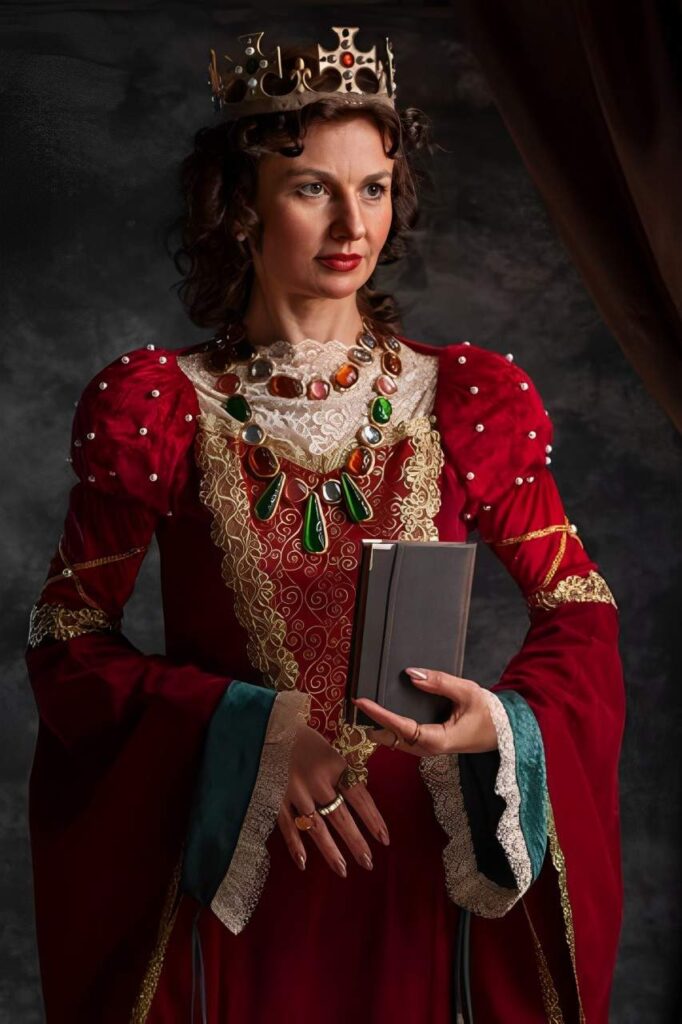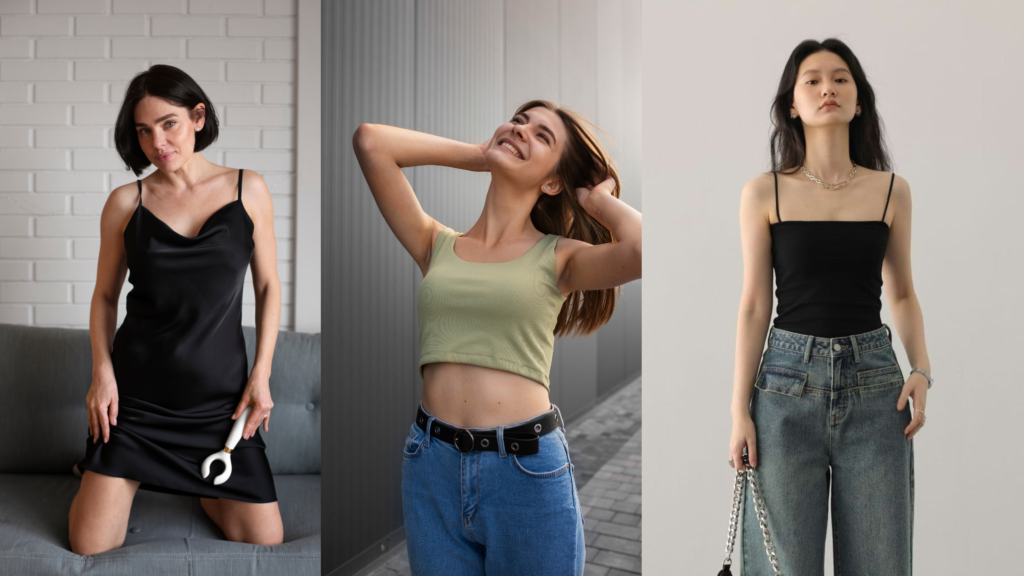
The Renaissance dresses pay homage to the style of European, most commonly British achieved between 14th and 17th century for its usage of ornamental fabrics such as silk and rich velvet intricate styles throughout with a floor length train running behind or flowing down on any side, adding graceful silhouette. Many of these styles are reminiscent of the opulence and sumptuousness that was characteristic in art, jewelry, literature and heels during this time with bountiful layers within lush fabrics like velvet, silk along with brocade embroidered together elaborate lace effectually stitched upon a gown whichever compliments pearls for added merit. With lots of historical appeal, the Renaissance dress is not just for your grandmother; it also makes a unique choice when fancying up any modern-day in-person event.
The History of Renaissance Fashion
Era of cultural rebirth which saw new era in Art, Architecture and thoughtsRebirth Age. This was long now, especially in Italy and France the age of beautyand good breeding — both so widely representedin their Connection. In contrast to those earlier clothes, the Renaissance dress was simple but brilliantly designed with luxury that reflected the status and wealth of its owner. The nobles and noblewomen of this time wore dresses featured with farthingales( A hoop skirt, or other type of framework used to expand the line created by a dress ), corsets fitted long-waisted skirts, and formal gown in puffs sleeves along with jewelry pieces such as brooches pins earrings while they also have headpieces. The court also exerted far-reaching influences on fashion with royal styles determining tastes for the rest of society.
Key Features of Renaissance Dresses

Characteristics of Renaissance dresses include a full-skirted silhouette, corseted bodice and gorgoeus sleeves. These bodices were frequently constructed specifically for the tightly-laced, defined waistlines they produced. Some skirts were made with layers of fabric, others stood out only because they sat over a hoop or petticoats and thus got fullness. Puffs and slashes on sleeves were another feature that provided extra texture or depth by exposing a second, contrasting fabric beneath your main garment. This era saw high necklines or one’s with detailed lower section that abode detailing on the neckline.
Fabrics and Colors of Renaissance Dresses
Which fabrics were used for Renaissance dresses played an important role in displaying wealth and social status. Dresses for noblewomen were generally made from luxurious, thick fabrics such as velvet, brocade, silk and damask. In addition to warmth, these materials also served as a lavish touch of the outfit. Jewel tones — deep ruby reds, emerald greens and royal blues mixed with gold were essential to the palette. The vibrant colored clothing was symbolic for wealth and power since the dyes used to produce these colors were expensive, scarce. Lower classes had more modest designs in lighter fabrics like wool and linen, to keep them functional.
Renaissance Dresses in Modern Fashion
Today, dresses inspired by the Renaissance are still frequently encountered in historical reenactments or reproductions of other historic styles and many times to celebrate the cultural period at popular events such as a Ren Faire–a wedding with some notable features often bridging into an especially peculiar event. Beyond all, these dresses allow you to ooze the charm of retro-chic wherever you go! More modern versions of Renaissance dresses may be something you would feel more comfortable walking around in all day, with drastically less fabric and hence time required to complete it. But a lot of play up to that image in their detailing, so you may still see corsets and lace-up fronts or over-the-top sleeves because they scream Renaissance.
How to Wear a Renaissance Dress for Special Events
If you are going to a Renaissance fair or costume event, wear accessories that come from the period your dress originates.* (*Play with this in case it does not specify anymore where they should comef rom. The outer layer also sometimes includes a chemise or underdress which serves as the base, giving volume and modesty to the outfit. Women should consider accessorizing with headpieces, like veils or floral crowns — anything that makes her look more royal. Additionally, Gold, silver or gemstone jewelry that fits the gowns overall aesthetic is incredible.
Renaissance Dresses for Different Body Types
A Renaissance dress, with its tight bodice and full skirt is going to look fabulous on just about anybody. Emphasizing the waist, this corseted bodice followed will flatter even the curviest of ladies in either a fun and edgy way like above or demurely beautiful. The layers and fullness of the skirt adds curves in movement, especially for women with a more athletic or straight body type.
Renaissance Dress Trends in Contemporary Fashion
Though Renaissance clothing has a reputation as garb from another era, several styles influenced by the renaissance continue to influence our fashion trends. Runway and modern designers provide such styles as corset-style bodices, puffed sleeves, and intricate embroidery that are a nod to luxurious, feminine silhouettes of yesterday. You will see these sorts of slightly more contemporary cuts on occasion paired with Renaissance inspired details from designers making hyper current dresses sold as vintage; timeless and fresh all at once. That old and modern blend keeps the dress from slipping into Costume World territory today.
Renaissance Dresses and Sustainable Fashion
Most Renaissance dresses are indeed hand-made with ancient techniques suitable for the standards of slow fashion. These materials are durable, and if a Renaissance dress in the eternal style of fashion, it will be available to wear for many years. In some cases, Renaissance fairs and historical reenactment societies have placed a great importance on Revivalist fashion or the act of conservation as most believe that clothing is not only fashionable but also historic.
The Cultural Significance of Renaissance Dresses
Not only do they speak to fashion but also the greater cultural and social output at its height in history. Renaissance-era fashion announced itself as a sign of status, with the richest individuals wearing extravagant clothes in styles that set them apart from those less fortunate. Today, wearing Renaissance clothing is another way to honor their deep cultural heritage — honoring the artistry and also a historic time.
Conclusion
The renaissance dresses are of rich design, luxurious fabrics and provide timeless elegance that mesmerizes fashion lovers as well history enthusiasts. Renaissance dresses will always have their place among lovers of the beautiful and exotic as well, combining historical charm with a very contemporary relevance.


